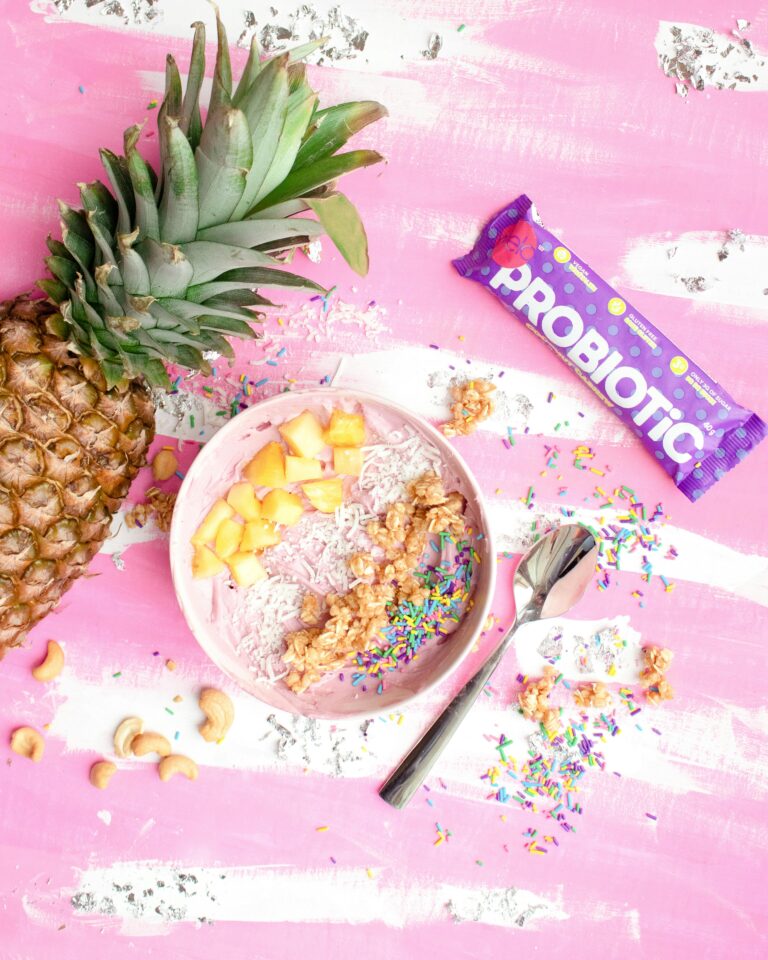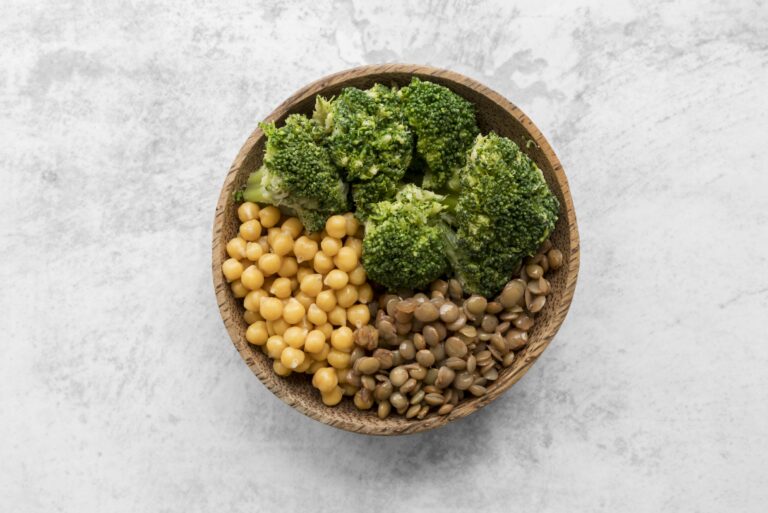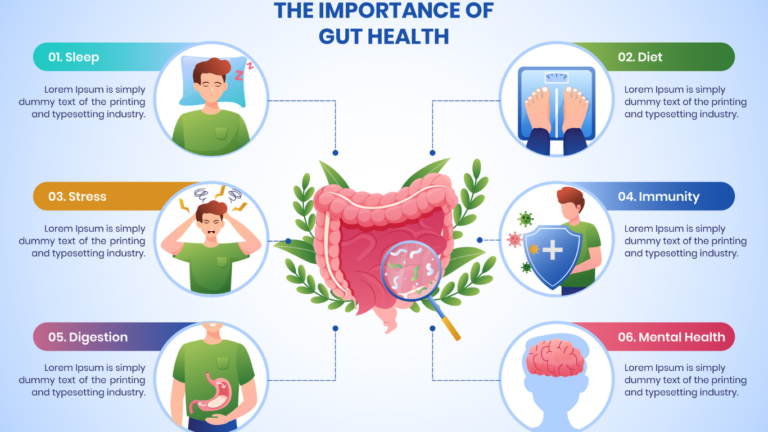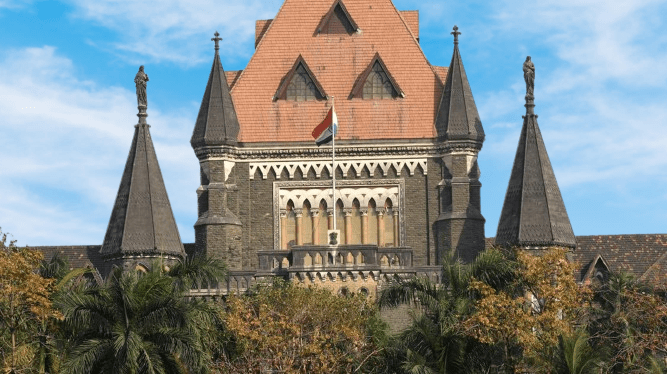Introduction:
Carb Cycling and Weight Loss: Diet Plan for Gym is a smart approach to managing your carbohydrate intake based on your fitness goals.
Carbs have been a big topic of discussion for a long time. Some popular diets cut down on carbs, and others avoid them completely . But no type of nutrient is all bad, including carbs. How many carbs you eat should be based on what works best for you .
To adjust their carb intake, some people now use a method called “carb cycling.”
What is Carb Cycling?
Carb cycling is a planned way of changing how many carbs you eat depending on how active you are. The idea is simple: eat more carbs on days when you’re working out or training, and eat fewer carbs on days when you’re resting or less active.
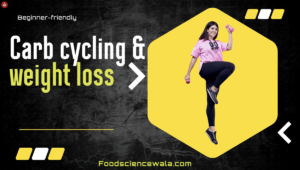
This approach helps you maintain energy for exercise, burn fat more effectively, and support muscle growth, while avoiding storing extra fat.
Carb cycling and weight loss
Carb cycling is a way to give your body the right amount of energy (calories and glucose) based on your activity level. It means eating more carbohydrates on workout days or when doing intense exercise.
On high-carb days, your body refills its muscle energy (glycogen), which helps you perform better and prevents muscle loss.
Example of Carb Cycling:
Imagine you’re someone who works out 4 days a week and rests for 3 days. Here’s how carb cycling might look for you:
Workout Days (High-Carb Days):
Activity: You’re doing intense workouts like weightlifting, running, or HIIT (high-intensity interval training).
Carb Intake: You eat more carbs on these days to fuel your energy and help your muscles recover.
Example meals:
Breakfast: Oatmeal with fruit
Lunch: Rice with chicken and veggies
Snack: A banana or whole-grain toast
Dinner: Sweet potatoes with fish and greens
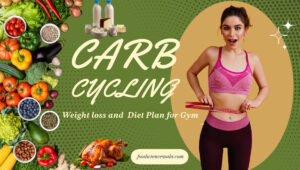
Rest Days (Low-Carb Days):
Activity: You’re not working out or doing light activities like walking or stretching.
Carb Intake: You eat fewer carbs on these days since you don’t need as much energy. Instead, you focus on healthy fats and proteins to help your body recover and burn fat.
Example meals:
Breakfast: Eggs with avocado and spinach
Lunch: Salad with grilled chicken, olive oil, and nuts
Snack: Greek yogurt with a handful of almonds
Dinner: Grilled salmon with broccoli and a small portion of quinoa
Why This Works:
On workout days, the extra carbs give you energy to perform better and help your muscles recover after exercise.
On rest days, eating fewer carbs helps your body use stored fat for energy instead of relying on carbs.
This way, you’re matching your carb intake to your activity level, which can help you lose fat, build muscle, and feel energized when you need it most!
Benefits of carb cycling
Burns Fat for Energy – On low-carb days, your body doesn’t have enough carbs to burn for energy, so it starts using stored fat instead.
Prevents Metabolism Slowdown – Unlike strict low-carb diets, high-carb days help keep your metabolism fast, so your body keeps burning calories.
Improves Workout Performance – High-carb days restore glycogen (stored energy in muscles), helping you perform better in workouts.
Boosts Fat Burning Genes – Training in a low-carb state can increase certain genes that improve fat-burning and endurance.
list of low carb foods
| Category |
Food Options |
| Low-Carb Foods | Chicken, Salmon, Beef, Pork, Whey Protein, Avocado, Nuts, Seeds, Asparagus, Broccoli, Cauliflower, Brussels Sprouts, Eggs, Tofu |
| Medium-Carb Foods | Milk, Yogurt, Beans, Legumes, Quinoa, Corn, Vegetable Juice, Tomatoes, Peanut Butter, Blackberries, Raspberries, Blueberries, Cheese |
| High-Carb Foods | Raisins, Whole Grain Bread, Oats/Porridge, Pasta, Rice, Potatoes, Apples, Bananas |
Meal Plan for Carb Cycling (Indian Diet) Based on Fitness Goals
| Day | Workout | Fat Loss (Low-Carb Days – 1g/kg) | Weight Maintenance (Medium-Carb Days – 3g/kg) | Mass Gain (High-Carb Days – 5g/kg) |
| Monday | Chest & Triceps | Paneer bhurji, sautéed spinach, mixed vegetable curry | Moong dal chilla, curd, brown rice & dal | Paratha with paneer bhurji, banana, sweet potato, dal khichdi |
| Tuesday | Back & Biceps | Grilled fish, sautéed green beans, palak soup | Roti with chana masala, dahi, vegetable stir-fry | Oats with nuts & banana, chicken biryani, sweet potato |
| Wednesday | Rest | Besan chilla, vegetable soup, sprouted moong salad | Poha with peanuts, curd rice, dal with chapati | Daliya with milk & nuts, paneer curry, whole wheat roti |
| Thursday | Legs | Grilled tofu, bhindi sabzi, dal soup | Rajma chawal, salad, whole wheat chapati | Dosa with sambhar, mashed sweet potatoes, banana smoothie |
| Friday | Delts & Arms | Scrambled eggs, tomato soup, cucumber salad | Bajra roti with dal makhani, curd, vegetable stir-fry | Stuffed paratha with ghee, peanut butter sandwich, curd rice |
| Saturday | Rest | Egg bhurji, palak paneer, cucumber raita | Oats with fruit, whole wheat roti with sabzi, chana dal | Besan chilla with curd, dal khichdi, banana smoothie |
| Sunday | Rest | Sprout salad, grilled mushrooms, coconut water | Masala dosa with chutney, paneer pulao, roti with dal | Upma with nuts, chicken curry with rice, mango lassi |
References:
- https://www.e3s-conferences.org/articles/e3sconf/pdf/2024/83/e3sconf_epec2024_05016.pdf
- https://www.healthline.com/nutrition/carb-cycling-101#the-science
- https://www.myprotein.co.in/blog/nutrition/the-benefits-of-carb-cycling/

